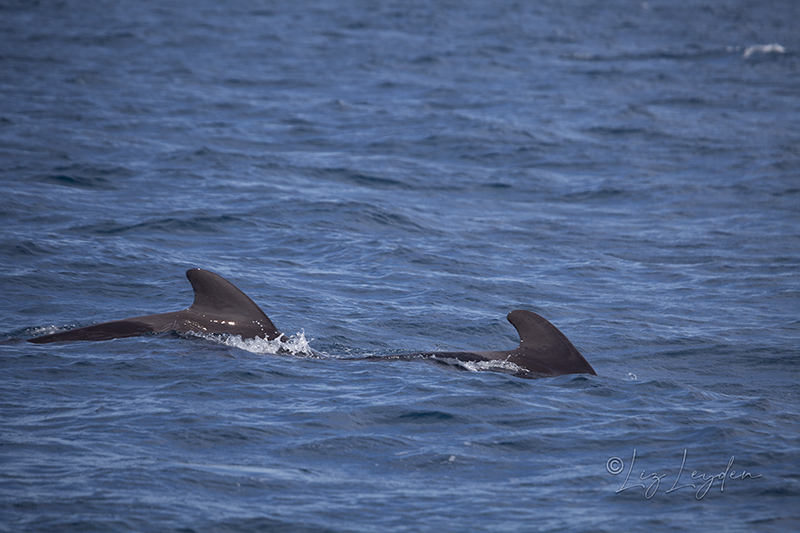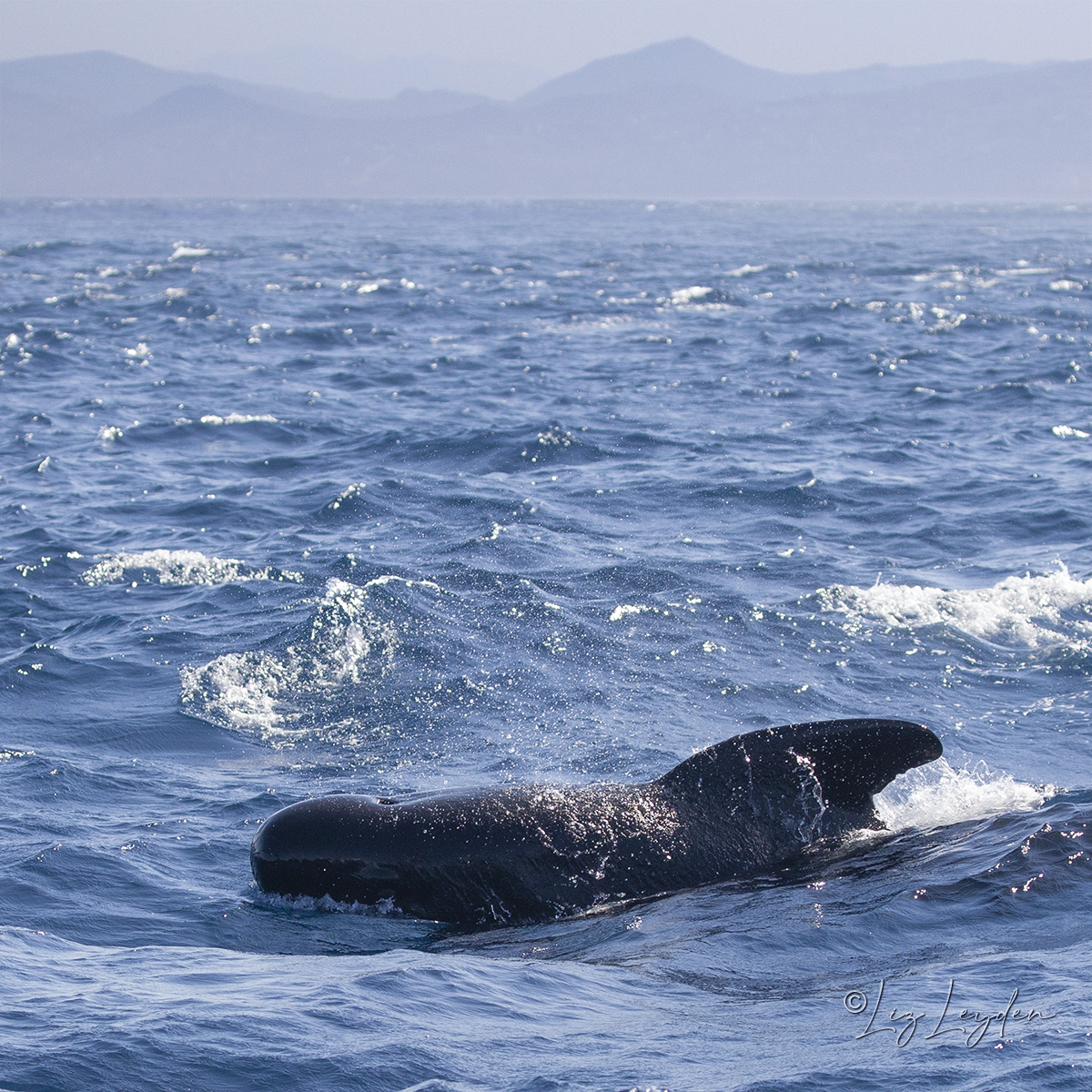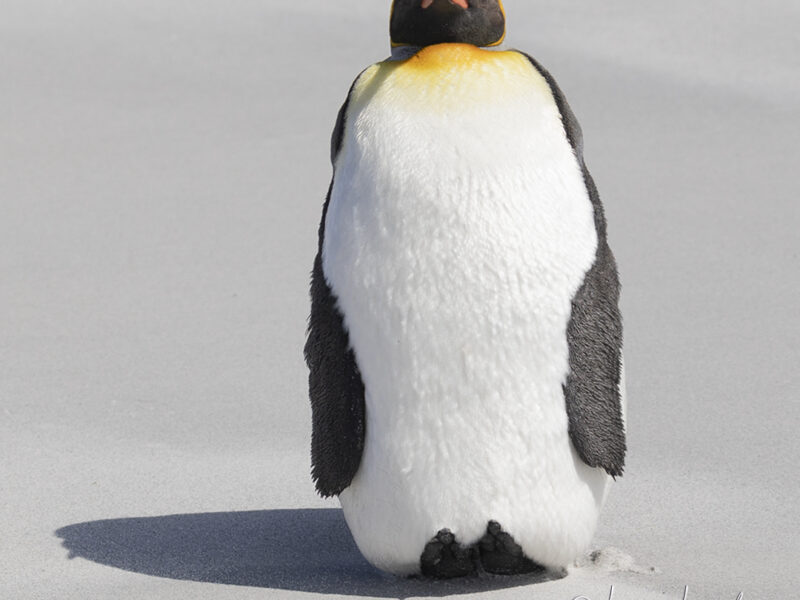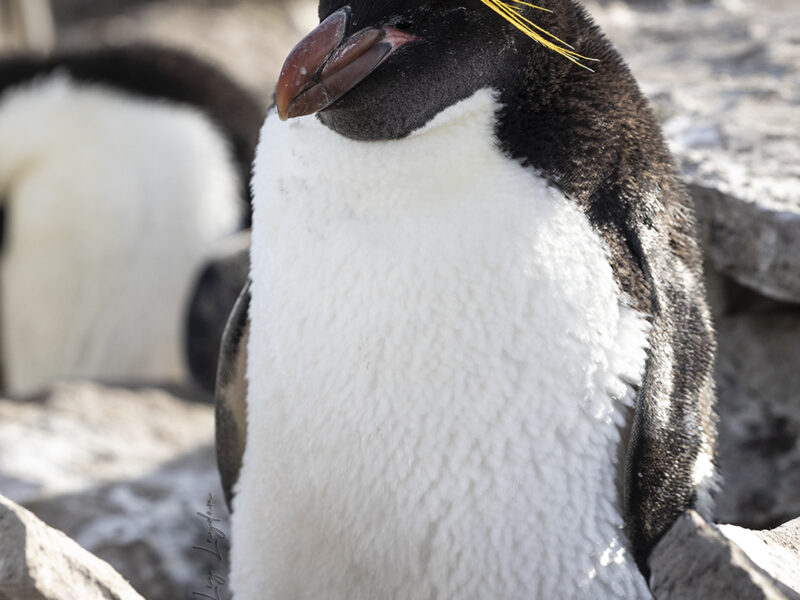A Long-finned Pilot Whale, Globicephala melas, swimming* in the waters of the Straits of Gibraltar, a narrow (14 Km at its narrowest) stretch of water between Europe and Africa. This narrow channel, in which a pod of these marine mammals is resident, has between 300 and 400 large ships passing through it each day.
*Actually it’s dozing at the surface, aka ‘logging’.
During my recent wildlife watching trip to Spain, I had three afternoon whale and dolphin watching trips on a boat run by Firmm, going out into the Straits from Tarifa, a kitesurfing town with a colourful, hippy vibe. The Foundation for Information and Research on Marine Mammals was founded in 1988 by Katharina Heyer, a Swiss woman whose life was changed irrevocably by her encounter with dolphins and pilot whales in the Straits.
Long-finned Pilot Whales are found in the North Atlantic Ocean, and also in the entire Southern Ocean. They feed mainly on squid, but also on bony fish where these are available.
In the Straits there are several resident families, but if Orcas arrive in summer, they retreat into the Mediterranean Sea, probably to protect their young. A rarely-seen phenomenon has occured later in the year, whereby different families group together to come back into the Straits and chase away the Orcas!

I wondered what the difference was between the Long-finned Pilot Whales and the Short-finned Pilot Whales (left) which I saw in Baja California: but I was looking at the wrong fins! The ‘long fins’ actually refer to their pectoral fins, not their dorsal fins.
Both species of Pilot Whales are, like Orcas, actually large Oceanic Dolphins.


